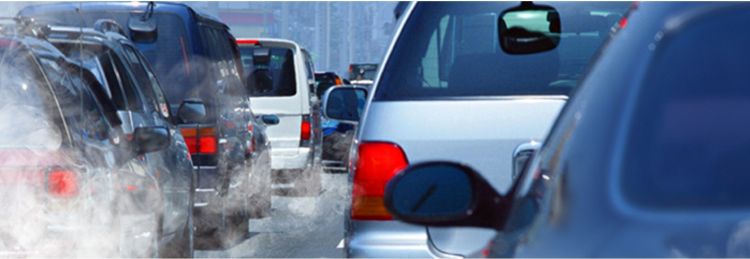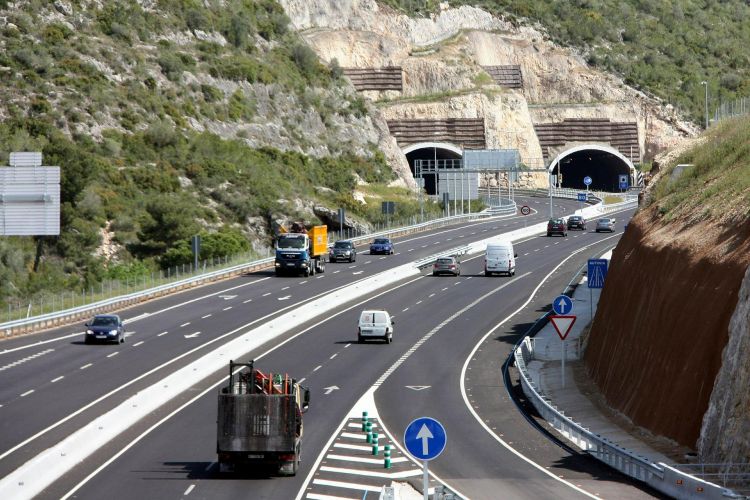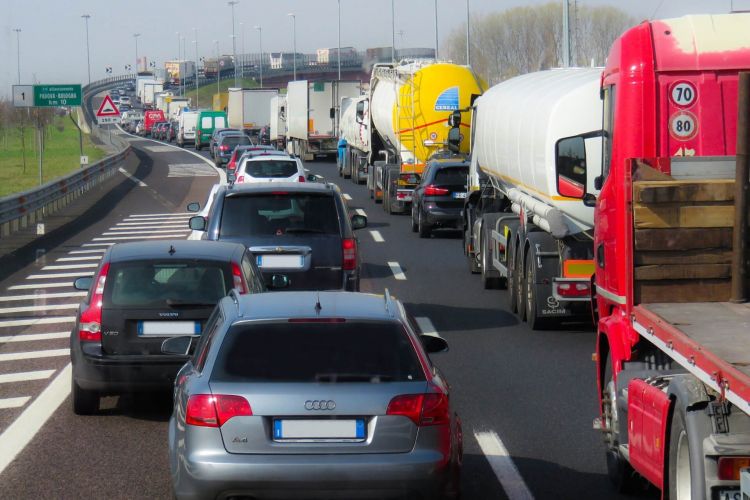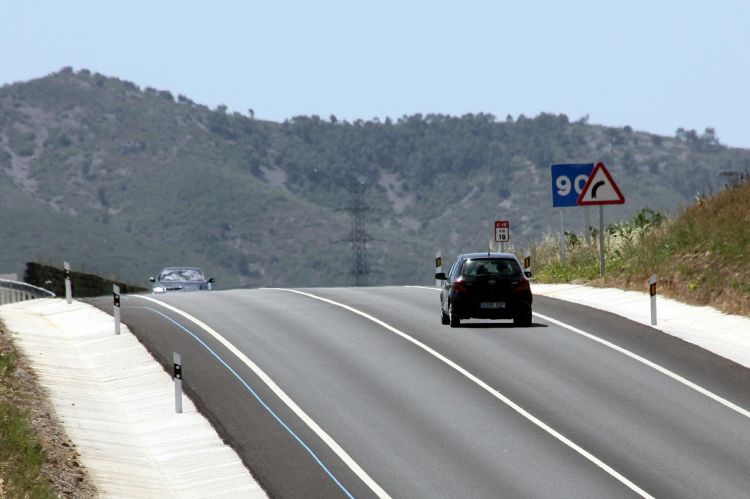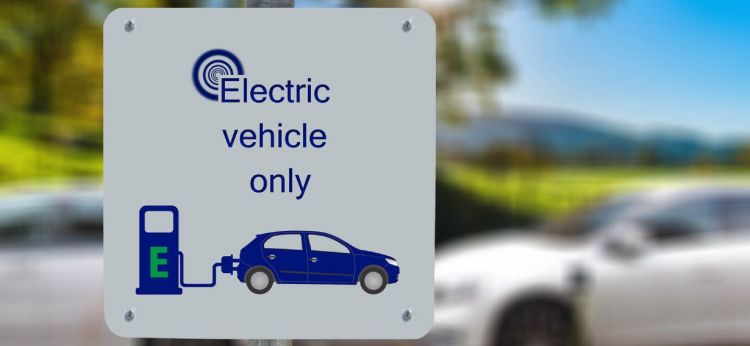The European Commission planned to adopt this new standard in the fourth quarter of 2021, but they postponed it to July 20, 2022. We have had to wait a little longer, until autumn, to find out the Euro 7 proposal: the regulations that the new models must comply with from 2025. It arrives with novelties on all fronts: It remains strict with gasoline and diesel cars and gets (very) serious with electric ones. And not only with them: also with the emissions from the brakes and tires.
When will Euro 7 come into effect?
Euro 7 will be the standard that newly approved vehicles must comply with from 2025 to 2035: therefore, it must enter into force before that date. For now, the proposal has been published by the European Commission Y the next step will be the negotiation with the Council (made up of all the Member States) and with the European Parliament.
Forecasts estimate that will be ready in mid-2024: if so, it would come into force on July 1, 2025 for cars and vans and on July 1, 2027 for buses and trucks.
What vehicles does it affect?
not only the cars must comply with Euro 7: also commercial vehicles, trucks and buses. Each one, in addition, will have its own specifications.
What is the goal of Euro 7?
This regulation is intended to reduce polluting emissions in Europe. In the case of cars and vans, they aspire to be a 35% lower in 2035 while the target for buses and trucks is more ambitious: a 56%. The particles, meanwhile, must be reduced by 13 and 39%, respectively.
How much will Euro 7 cost?
Although this is an estimated cost, it helps to know how much it will cost to adapt vehicles to the new standard in order to obtain homologation. If we talk about cars and vans it will be about 120 euros, an amount that represents between 0.3 and 0.6% of the total. For buses and trucks, there is talk of 2,700 euros, a figure that represents between 1.8 and 3.1% of the total.
News of the Euro 7: limits for emissions
Until now it was not known precisely how Euro 7 was going to be, only that it would be much tougher than Euro 6d (the current Euro 6d standard) with emissions. We have now confirmed that the proposed values are more demanding, although it continues to be strict with the levels of gasoline and diesel cars, the change is not as radical as assumed.
As usual, the focus is on nitrogen oxide (NOx) emissions because they are the most harmful to the human respiratory system. Thus, these will be the new limits:
- Gasoline cars: 60mg/km (they do not change with respect to Euro 6)
- Diesel cars: 60mg/km (before: 80mg/km)
The levels for gasoline propellants are the same and are only stricter for diesel, although in Brussels they believe that complying with them will be simple. That’s his theory. it remains to be seen whether, in practice, trade marks will be able to meet all the necessary conditions so that these engines obtain the relevant homologation without having to make huge investments that would not be worth it taking into account the 2035 ban and the decline that these vehicles are experiencing.
News from Euro 7: brake and tire emissions
The European Commission has become serious with particulate emissions from brakes and microplastics from tires: They claim that they will end up being larger than those of the engines. To try to prevent this, additional limits must be established that will affect all vehicles.
On the other hand, unlike what will happen with polluting exhaust emissions, Euro 7 will continue to review brake and tire maximums after 2035. The reason? In 2050 they believe that internal combustion vehicles will represent 20% of the European car park because they are going to ban their sale, but not their circulation.
With this novelty, Euro 7 wants to emphasize the electric cars because, on average, they are 40% heavier than the combustion ones and the pollutants released by both their brakes and their wheels are higher. That’s the way it is, may not exceed 7 mg/km of fine particles.
Novelties of the Euro 7: useful life of the cars
We continue with the news of Euro 7. The standard proposes that the systems of cars and vans they must meet the initial durability standards until they are 200,000 kilometers or ten years old: twice what the Euro 6 proposed (100,000 kilometers and 5 years old). The proposed figures are, according to Europe, more in line with the reality of the vehicles.
The checks will be carried out through On-Board Diagnostic (OBD) and On-Board Monitoring (OBM) sensors. An equipment that, at the same time, will allow emissions to be monitored throughout the life cycle of the vehicle.
Novelties of the Euro 7: the electric battery
Finally, Euro 7 puts the accent on one of the components that usually undermines the driver’s confidence in electric cars: Battery, which, at the same time, is one of the most expensive components.
The standard states that manufacturers have to ensure that the operation of these components will be at least 80% during their first five years of life or during the first 100,000 kilometers from your purchase (whichever comes first). After eight years or 160,000 kilometers, the battery capacity will have to be at least 70%. These checks will continue to be carried out until the car is ten years old or has 200,000 kilometers and, also, its change will be limited during the useful life of the vehicle in question.

